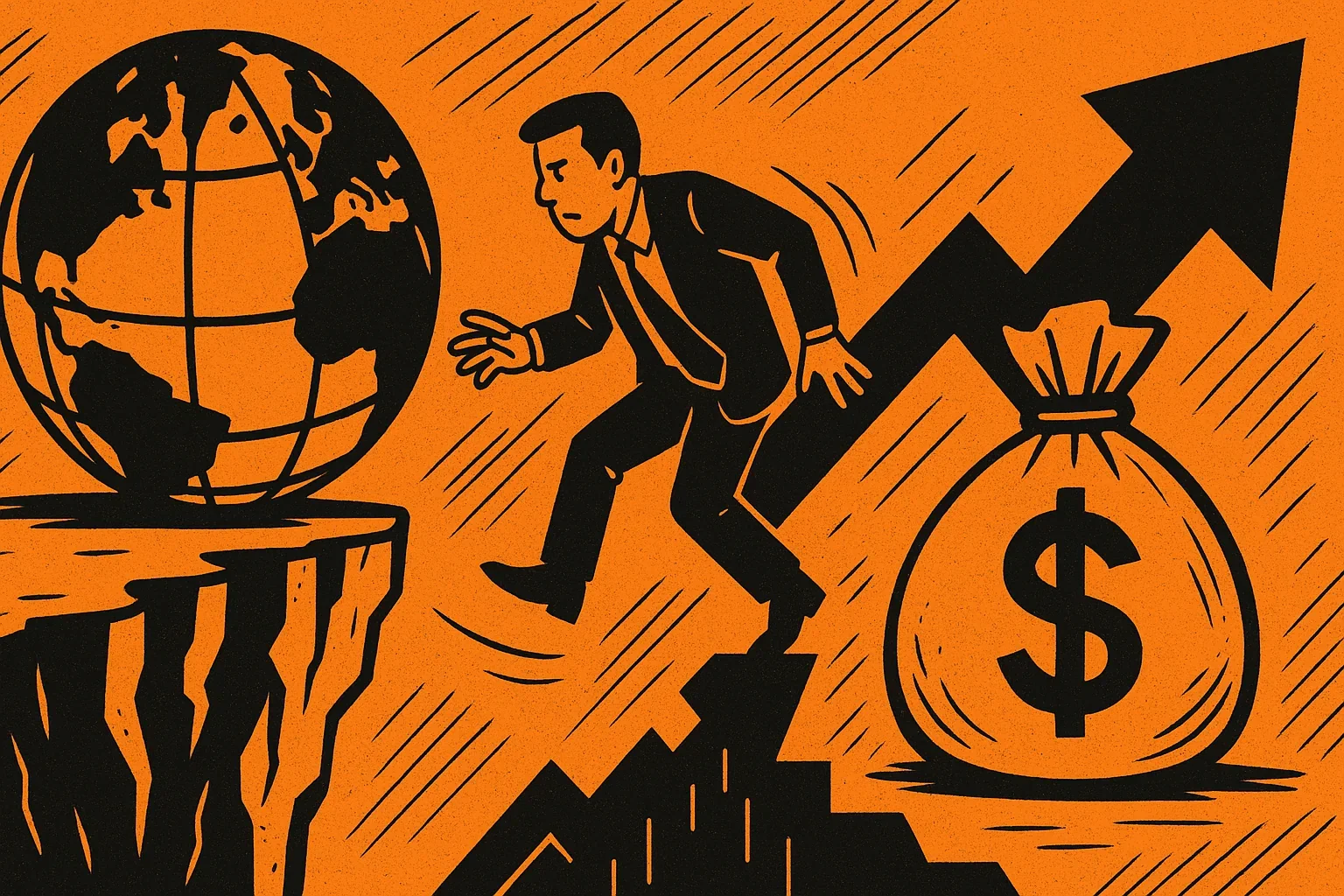While global inflation peaked at about 8.7% in 2022, the Arab region exceeded this level, reaching an average inflation rate of double the global average in some countries. The issue was not only prices, but also the fragile foundation on which import-dependent economies stood, suffering from severe exchange rate collapses, weak wages, and the absence of social protection networks.
In recent years, the purchasing power of Arab citizens' incomes has declined in an unprecedented manner; wages have not kept pace with rising prices and have merely stagnated while the cost of food and energy has increased in some countries by several times since 2019. Arab food prices jumped by 29% in 2022, and poverty rates in fragile states reached more than 50% in 2023.With all these pressures, the collapse of currencies compounded the crisis: the Lebanese pound lost more than 98% of its value, the country's annual inflation jumped to levels exceeding 186%, while Egypt and Sudan experienced similar fluctuations that pushed the cost of living to record highs.
In Morocco, for example, an official report in 2025 revealed that distribution chains doubled their profit margins during the height of the crisis, with the profit margin of milk distributors rising from 10% in 2021 to 22% in 2023, an increase that far exceeded the rise in the cost of production.In Egypt and Jordan, similar waves of price hikes appeared without direct economic justification, reinforcing the citizen's sense that part of the inflation was caused by "corporate greed" rather than global conditions.
The Ukraine war exposed the fragility of Arab food security: more than 80% of Egypt's wheat imports used to come from Russia and Ukraine before the war, and the 60% rise in global grain prices was directly reflected in bread prices in Lebanon, Tunisia, Yemen, and Egypt. Stocks collapsed, the import bill doubled, and the number of people threatened with food insecurity rose to one in five in the region's developing countries.
In countries like Egypt, Tunisia, and Jordan, the cost of borrowing rose while inflation remained high, burdening citizens and businesses with no clear benefit. In Lebanon and Sudan, monetary policies were almost helpless in the face of a full-blown financial collapse.
Countries like Egypt, Tunisia, and Morocco have had to cut fuel and food subsidies, driving up domestic prices at a critical time. In contrast, Gulf countries have used their oil surpluses to expand direct cash subsidies, relatively mitigating the impact on their citizens. But most countries in the region are left with a difficult equation: rising global prices, fiscal deficits that prevent the expansion of subsidies, and a fragile economy unable to absorb shocks.
The combination of dependence on imports, weak domestic production, fragile supply chains, declining purchasing power, and the erosion of the middle class are all indicators that portend a new phase in which high prices may become "normal" if real reforms are not implemented. The experience of recent years suggests that the solution requires rebuilding a more resilient economic model by enhancing food security, diversifying the economy, improving social safety nets, and imposing strict controls to prevent monopolization and exploitation of crises.
The crisis has reached deep into the daily lives of Arab citizens, threatening the stability of the middle classes and pushing millions into poverty. While some governments are moving towards long-term reforms, the most important challenge today is to quickly take measures to protect people's livelihoods before the cost of living becomes a permanent reality that cannot be reversed.
To view the video and read the full analytical paper, please scroll down.
Global overpricing: Why are Arab citizens paying double the price?
The danger is not in today's high price... but in getting used to it tomorrow.

Comments